Green is the New Black: Why the GGRF Matters to Your Small Business
What if you could significantly reduce your operating costs? Then imagine if you could attract a new wave of environmentally
Equipment financing vs. outright purchase for small businesses – learn the pros, cons, strategies, and how to maximize your funding for growth.

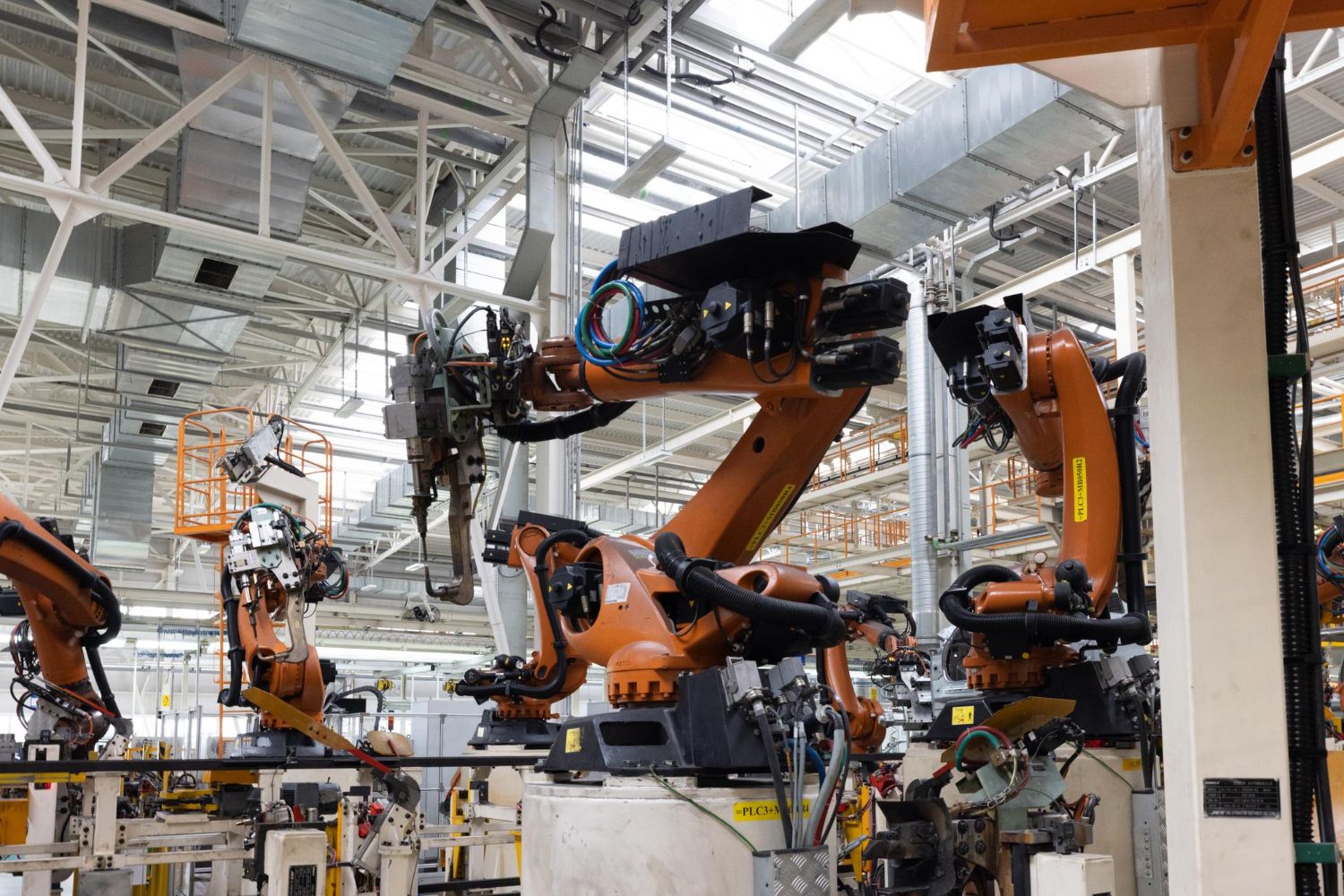
Small businesses often struggle to acquire the necessary equipment in today's crowded market. The two most common methods of acquiring equipment are through financing and outright purchase. Outright purchase refers to purchasing equipment directly, whereas equipment financing refers to leasing or renting equipment.
A small business owner needs to grasp the benefits and factors. They need this to decide between financing equipment and buying it outright. By doing this, they can make informed choices. The choices must match their finances and future goals. This article aims to explore the pros and cons of equipment financing versus buying.
It offers valuable insights. They will help small business owners choose the best option for their needs. Additionally, we will evaluate the benefits and drawbacks of each approach. We will consider aspects such as expenses, equipment quality, flexibility, and tax.
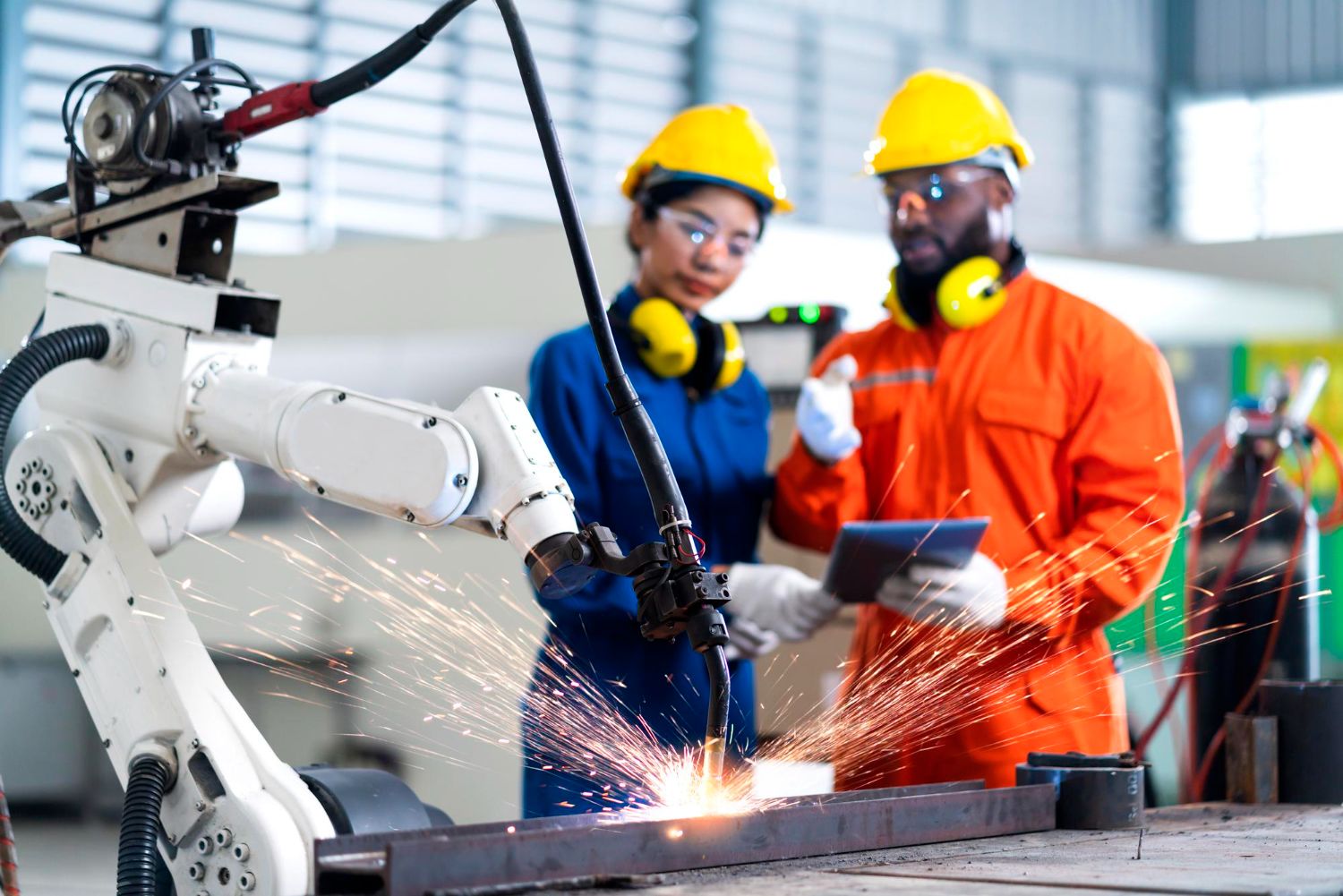
Small businesses can acquire equipment through equipment financing or outright purchase. Financing the purchase of equipment involves borrowing funds over time, whereas outright purchase refers to paying in full upfront. Both methods have advantages and drawbacks, which are outlined below:
A. Equipment Financing: Equipment financing allows businesses to acquire equipment by borrowing funds and making regular payments to the lender. Equipment financing benefits include:
· It reduces upfront costs by spreading payments out over time, freeing up capital for other uses.
· Financing makes it possible to invest in quality equipment they might not have been able to afford otherwise.
· Flexible terms: Financing offers customizable payment schedules and fixed interest rates.
· Expense deductions: Equipment financing payments can be deducted from your taxes.
· Establishing business credit: Timely payments help build a positive credit history.
Credit scores, business operation length, and the choice of a suitable lender are all important factors to consider when financing equipment.
B. Outright Purchase: Outright purchase involves paying the full cost upfront to own the equipment immediately. Advantages of outright purchase include:
· Ownership and control: Businesses have full ownership rights without lease restrictions or agreements.
· Potential tax benefits: Equipment ownership may offer tax deductions for depreciation or related incentives.
There are several considerations when purchasing outright. Maintenance, repairs, and depreciation of equipment are some of these costs.
C. Advantages and Disadvantages:

ADVANTAGES: Equipment financing has many benefits, including lower upfront costs, access to better equipment, flexible repayment terms, tax deductibility, and business credit establishment.
DISADVANTAGES: Higher overall costs, limited ownership rights during the lease term, potential lease restrictions, exceeding equipment's useful life with lease payments, and default risk.
Outright purchases offer a variety of advantages and disadvantages.
ADVANTAGES: Control and ownership, potential tax benefits, and no lease restrictions.
DISADVANTAGES: The high upfront costs, responsibilities for maintenance and repairs, and the depreciation of equipment.
D. Factors to Consider: When choosing between equipment financing and outright purchase, consider factors such as:
Small business owners should assess these aspects well. Then, they can make informed choices based on their money and needs. When choosing between financing equipment and buying it, you must weigh the pros, cons, and key factors. These factors are pertinent to the company's situation and goals.
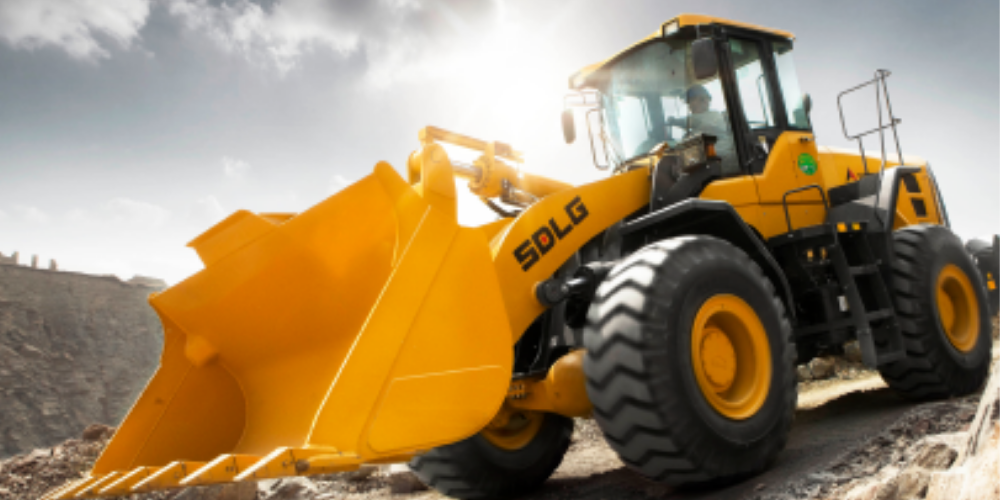
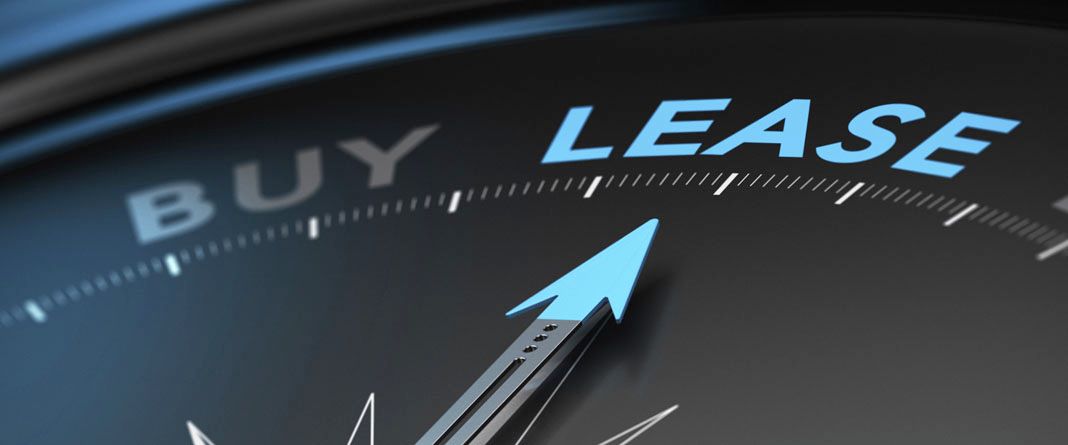
A small business owner should consider many factors. They must decide whether to finance equipment or buy it outright. This information will help you make an informed business decision. It should fit your current finances and future business goals.
Equipment financing vs. outright acquisition depends on your business's unique circumstances, financial capabilities, and long-term goals. Making a choice should be based on your business's financial objectives and needs.


For expansion purposes, ABC Company, a custom furniture manufacturer, needed to invest $100,000 in a CNC machine. Following careful consideration of their financial situation and long-term goals, they opted for equipment financing.
Equipment financing was chosen for several reasons. The company saved cash and allocated funds to marketing, inventory, and employee training.
Instead of making a substantial upfront payment for the CNC machine, this was a more cost-effective approach. A fixed-term payment plan made managing their cash flow and budgeting easier.
Moreover, ABC Company was able to purchase a high-quality CNC machine with equipment financing, rather than purchasing an outright machine. Keeping up with the latest technology allowed them to meet market demands and maintain a competitive edge.
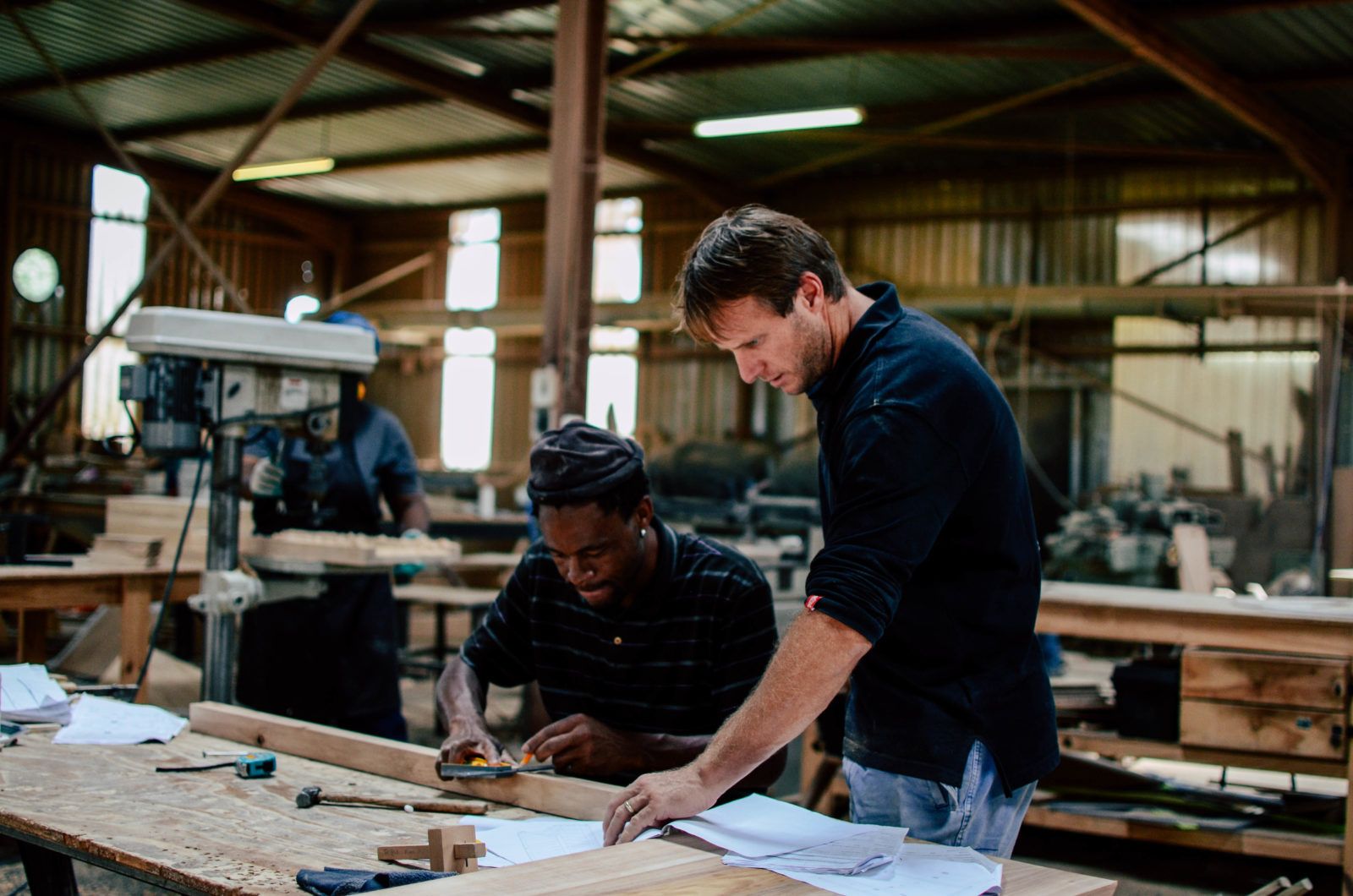
The ABC Company followed a step-by-step process to obtain financing. In addition to traditional banks and online lenders, they explored equipment financing providers that offer financing specifically for small businesses. As part of their loan application, they gathered financial statements, tax returns, a business plan, and equipment quotes.
Despite a previous financial setback affecting their credit score, ABC Company handled the issue by explaining what they had done to correct it and demonstrating their corrective measures.
ABC Company obtained favorable terms from the lender after reviewing multiple offers. Financing fees, interest rates, and repayment periods were all a part of this discussion.
ABC Company chose equipment financing as its financing option. With the CNC machine, the company was able to increase production capacity, meet the growing demand of customers, and enjoy improved revenue growth. The affordable monthly payments allowed for better cash flow management, with additional funds allocated to critical business areas.
The CNC machine enabled them to produce higher-quality custom furniture more quickly, increasing their competitiveness in the market. The successful repayment of the equipment financing also paved the way for future borrowing.
This experience taught ABC Company the importance of thorough research, effective documentation, and open communication with lenders. To achieve their business goals, they explored financing options tailored to their specific needs and leveraged equipment financing.
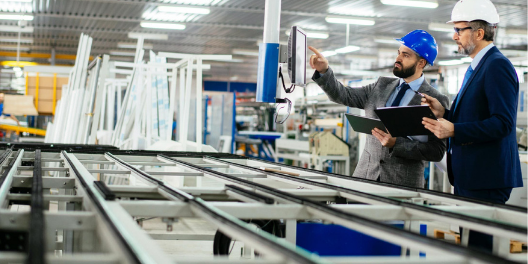
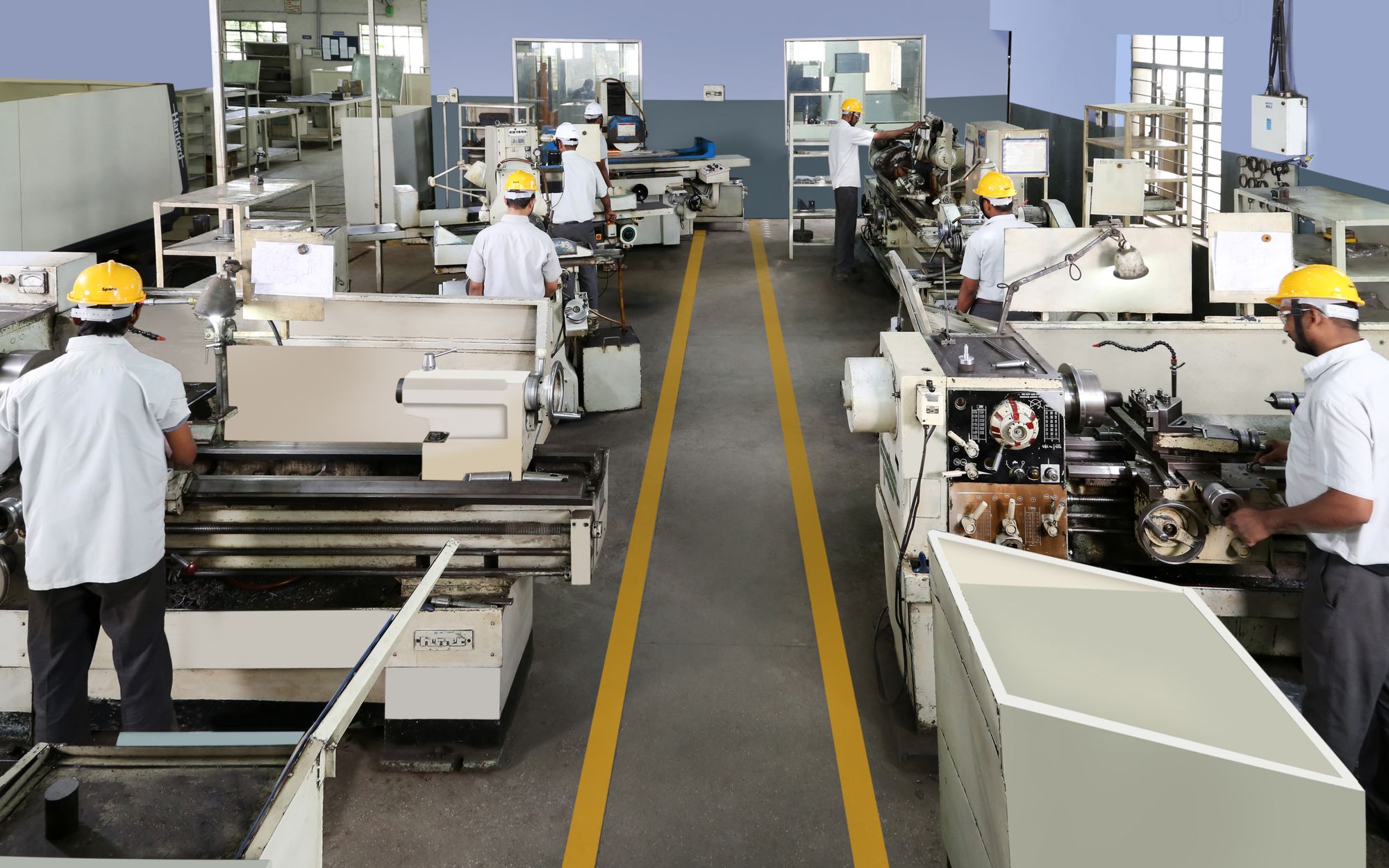
In this case study, we examine the experience of the XYZ Company, a small manufacturing company. XYZ Company produces custom furniture and recently identified the need to upgrade its woodworking machinery.
Their goal is to improve productivity and meet the growing demands of our customers. They had to evaluate various financing options to acquire the equipment needed to achieve these goals.
Following careful consideration, XYZ Company chose an outright purchase of woodworking machinery over equipment financing or leasing. This decision was influenced by several factors.
The company had enough capital reserves to purchase without depleting its working capital. Additionally, XYZ Company anticipated a long-term need for the equipment and believed they would have greater control and flexibility by owning it outright.
After conducting extensive research, XYZ Company identified reputable suppliers for the purchase. Their requirements were aligned with different equipment models. After soliciting multiple quotes, negotiating pricing terms and warranty terms, and reviewing product specs carefully, they selected the best product.
During the process, high demand on the market restricted the availability of certain specialized machinery. This required XYZ Company to communicate proactively with suppliers, place advance orders, and adjust its production schedule.
The firm built strong relationships with suppliers to ensure priority access and on-time delivery of the equipment.

XYZ Company achieved several positive outcomes after pursuing an outright purchase. Firstly, they avoided the costs associated with interest rates and financing fees that would have been incurred had they used other financing options. By doing so, they were able to use their financial resources more effectively for other functions.
By owning the equipment outright, XYZ Company had greater flexibility and control over its use. The machinery could be modified or customized to meet their specific production needs, resulting in increased efficiency and higher-quality output. The company also eliminates the possibility of future lease restrictions and the need to renegotiate financing terms.
The XYZ Company gained valuable experience through this process, which included conducting thorough market research, building strong supplier relationships, and evaluating its financial capabilities.
It is important to consider all relevant factors before making a significant investment decision. Choosing the best financing option required a comprehensive assessment of the business's financial health and long-term equipment needs.
The decision to purchase woodworking machinery outright was successful for XYZ Company. They positioned themselves for future growth and success in the highly competitive manufacturing industry.

Each small business has unique factors to consider when choosing between financing and outright purchase of equipment. The benefits of equipment financing include lower upfront costs, access to better equipment, flexible terms, potential tax deductions, and the opportunity to establish business credit.
Business owners can conserve working capital, allocate funds to other areas, and benefit from technological advancements. By leasing equipment, you can upgrade and avoid owning outdated assets.
Purchasing outright gives you ownership, control, customization, and eliminates financing costs. It allows businesses to build equity and benefit from long-term value.
A small business must evaluate cash flow, credit scores, equipment requirements, and preferences before deciding. Conducting market research and evaluating financial health are important first steps.
There is no one-size-fits-all solution. Small businesses must evaluate their circumstances, consult professionals, and make an informed decision aligned with their financial objectives.
Sign up for the newsletter and get our latest stories delivered straight to your inbox.